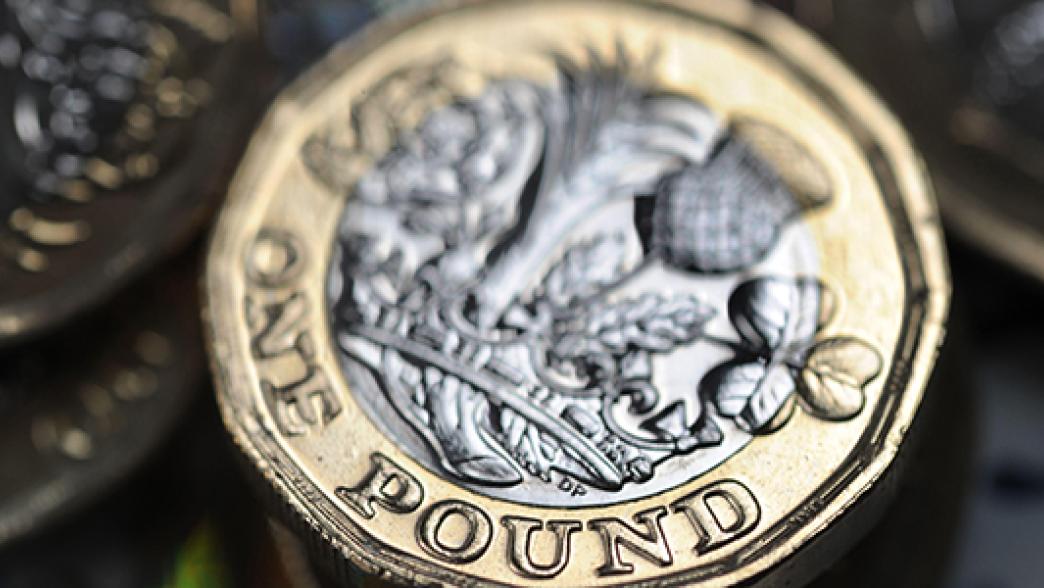Windfall taxes
The term ‘windfall tax’ is used to describe a one-off tax levied on companies deemed to have made unreasonably high profits.

What are windfall taxes and why are they used?
The term ‘windfall tax’ is used to describe a one-off tax levied on companies deemed to have made unreasonably high profits, normally due to unusually favourable market factors. They are used by governments as a way of adding to their tax take in a given year by retrospectively increasing taxes on companies or sectors experiencing the unexpected ‘windfall’.
What are the arguments for and against windfall taxes?
There are two main arguments in favour of windfall taxes:
By being retrospective and one-off – the amount due depends on things that have already happened, and is only levied once – windfall taxes should in theory be far less damaging to economic activity than other taxes. This is because companies cannot change behaviour to reduce their tax liability (for example, by reducing production) as they might with an annual tax announced in advance.
Windfall taxes are usually levied on companies judged to have benefited from something that was not the result of their own investment or hard work, at the expense of wider society, so the tax provides a way of redistributing these gains.
The main objection to windfall taxes is that they may discourage investment. This could happen for two reasons.
First, windfall taxes reduce the amount of profits companies have left to invest in their businesses. By removing this ready source of financing, the government may reduce the amount that companies invest.
Second, windfall taxes create uncertainty in the tax system. Companies may, rightly, be suspicious that the tax will be repeated in future. That may discourage them from capital spending (investment in expanding their production and profits) due to concerns that the government could tax away some potential returns. This could in turn slow economic growth – and brings the risk to the government that more internationally established firms take their business elsewhere.
There is also the concern that retrospective windfall taxes are unfair – that is, that companies should be told in advance what the tax rules are so they can decide how to behave, rather than having legitimately earned profits taken away.
When have windfall taxes been used in the past?
In 1981, Conservative chancellor Geoffrey Howe introduced a one-off levy on banks, charged at 2.5% of their non-interest-bearing current account deposits. This was expected to raise £400m (equivalent to around £3bn in today’s terms).
The Labour Party proposed a windfall tax on privatised utility companies in its 1997 manifesto and duly introduced the tax in that year’s budget, its first after winning the election. The party argued that the previous Conservative government had privatised the state-owned utility companies at too low a price, allowing the newly private companies to make excess profits at the expense of the taxpayer and customers. The tax applied to regulated utility companies that were privatised through the Telecommunications Act 1984, the Airports Act 1986, the Gas Act 1986, the Water Act 1989, the Electricity Act 1989, the Electricity (Northern Ireland) Order 1992 and the Railways Act 1993. The tax owed was calculated as 23% of the difference between “company value”, calculated by reference to profits over a period of up to four years following privatisation, and the value placed on the company at the time of flotation.[1] The tax was predicted to raise £5.2bn (equivalent to around £13bn in today’s terms).
What is the new energy profits levy?
On 26 May 2022, the then chancellor Rishi Sunak announced a new energy profits levy. This will impose an additional tax of 25% on profits made from the extraction of oil and gas from the North Sea. This tax will be applied on top of the standard 30% corporation tax rate and 10% supplementary charge on these companies’ profits, giving a total tax rate of 65%.
Companies will not be able to offset previous losses or decommissioning expenditure against profits subject to the levy. But to encourage new investment in the North Sea, companies will receive an 80% investment allowance for any new investment in oil and gas extraction in the UK.
Sunak said that the government will phase out the levy “if oil and gas prices return to historically more normal levels”, although he did not specify what price that would be. The legislation will also include a ‘sunset clause’, meaning the levy will cease at the latest at the end of December 2025.
The Treasury has estimated that the levy will generate £5bn of extra revenue in 2022/23.
Will the new levy affect firms’ behaviour?
The levy will apply to any profits made from the announcement date onwards. As such, it is not a retrospective tax in the mould of previous windfall taxes. Ministers have indicated they see this lack of retrospectivity as a positive feature. However, by applying to future, rather than past profits, this new levy will be more prone to distorting behaviour than a retrospective windfall tax would have been.
The allowance for investment is supposed to increase the incentive for companies to invest. However, whether or not it has much practical impact will depend on what investment opportunities there are and how readily oil and gas companies can quickly start this work. Since the then chancellor made these announcements outside the normal cycle of fiscal events, the Office for Budget Responsibility has not yet produced its own assessment of the impact. This will be incorporated into its next forecast in the autumn.
- Topic
- Policy making Public finances
- Publisher
- Institute for Government